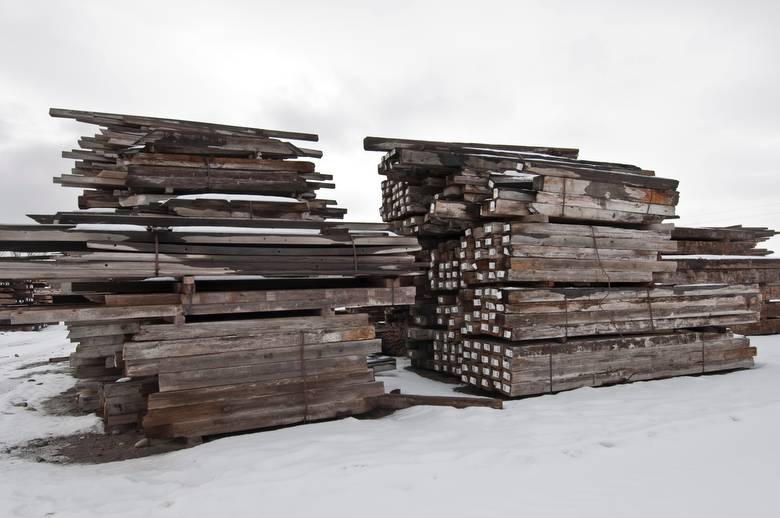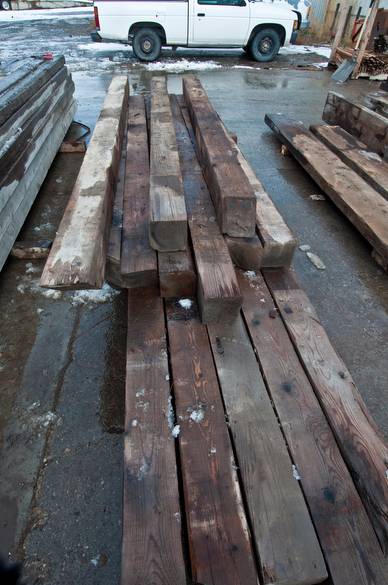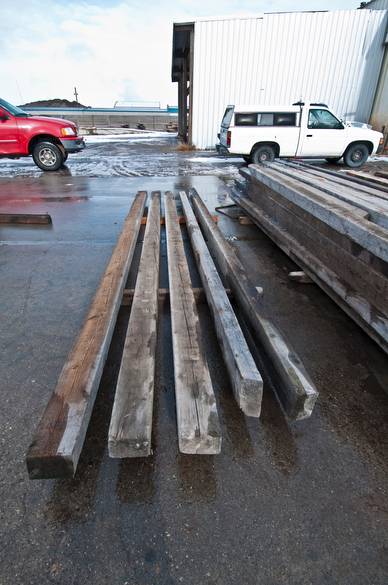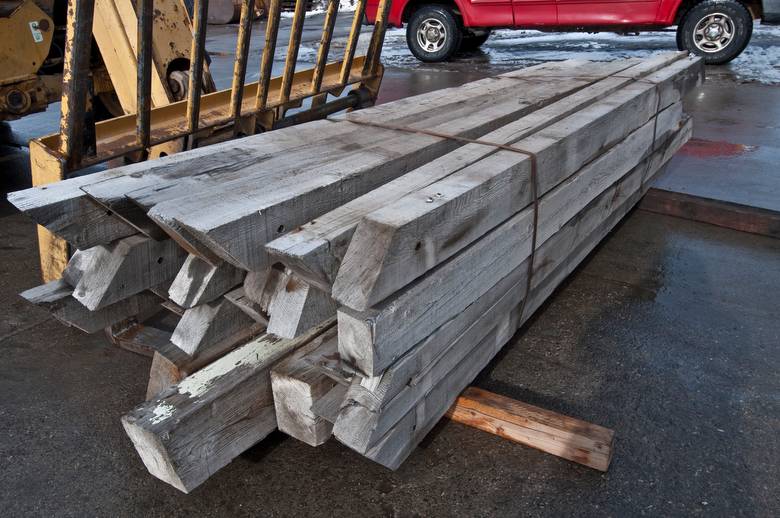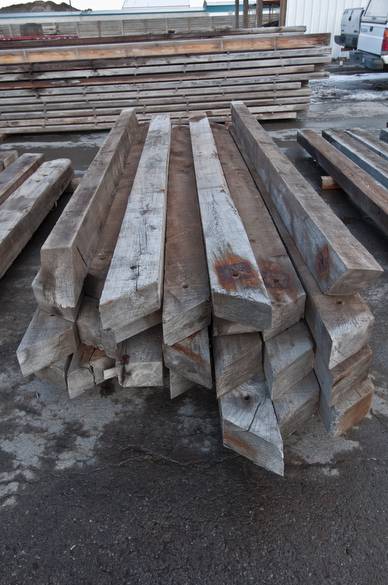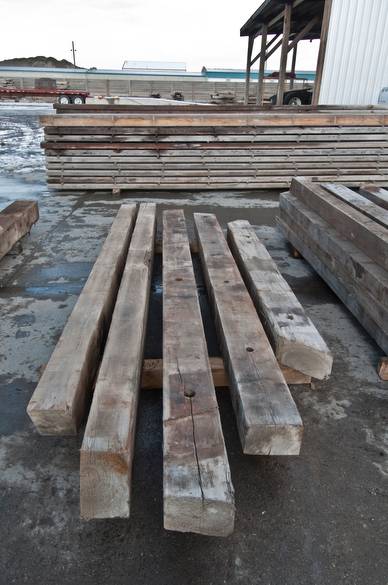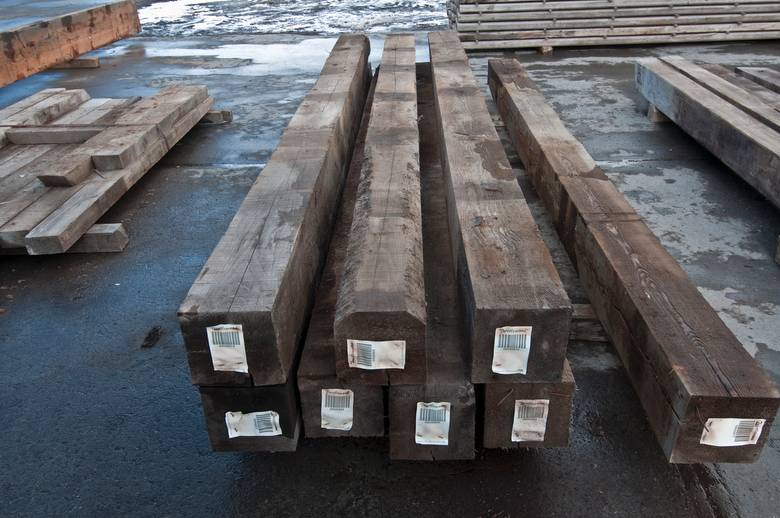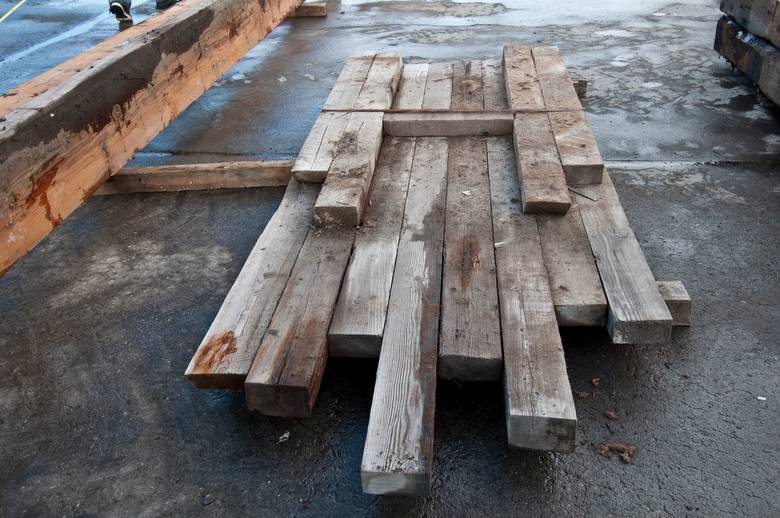Picklewood Weathered Timbers
Picklewood Weathered Timbers
Specification Sheet #7150 - Weathered Picklewood Timbers
Request Quote
Height
Width
Length
Quantity
4-8"
4-12"
to 14'
min: 1 each
Related Productline Pages
Picklewood Weathered
Specification Sheet #7150 - Weathered Picklewood Timbers
Species
Mixed Species
Source
Weathered Picklewood Timbers were used as cribbing to support pickle vats. The timbers are salvaged from pickle processing plants which are no longer in use.
HC/FOHC
Weathered Picklewood timbers are almost exclusively heart center timbers; usually moderate to very tight growth rings.
Metal
Nails, bolts and other fasteners are removed or occasionally cut flush or broken off inside the beam. Staining around nail and bolt holes is common.
Checking/Cracks
Weathered Picklewood timbers generally have a check from the heart center to one of the faces of the timber. In addition, timbers can have surface checking and cracks, moderate butt checking and minor end splitting.
Moisture Content/Stability
Weathered Picklewood Timbers have significant moisture content (though often with significant air drying)
Surfacing
Weathered Picklewood timbers are generally very weathered (degree of weathering varies); original timber surface was generally rough-sawn, but may have been worn rather smooth; Surface degradation (water damage or surface rot or "punkiness") is common; weathered timber colors vary -- common colors include dark browns, grays and combinations of browns and grays.
Standard Dimensions
a) Cross-sections: to 10x10; b) Lengths: to 16';
c) Timbers Nominal: most timbers dimensions are nominal.
d) Size Flexibility: The more latitude the customer can provide in acceptable timber sizes, the better able Trestlewood is to meet the customer's timber needs in an economical and timely manner.
c) Timbers Nominal: most timbers dimensions are nominal.
d) Size Flexibility: The more latitude the customer can provide in acceptable timber sizes, the better able Trestlewood is to meet the customer's timber needs in an economical and timely manner.
Weight
Depending on species mix. Typically, approximately 4 pounds per board foot
Grading
Weathered Picklewood timbers can be graded (WLCB) upon request. Timbers are graded with exception taken for any mortise pockets and holes. It is highly recommended that any timbers that are to be used in a structural application be graded. It is also recommended that standard size timbers be used whenever possible.
Salt/Minerals
Weathered Picklewood timbers are the timbers upon which pickle vats rested and as a result, contain significant amounts of salt and other minerals, creating special characteristics and/or considerations like those described in the following items.
Color/Appearance
The coloring of individual Weathered Picklewood timbers
varies widely. Such color variations are not as pronounced in the weathered form, but sawn Picklewood timbers have color variation which ranges from normal Douglas Fir coloring to color combinations unique to Picklewood timbers. Color variations are more noticeable in band-sawn and planed timbers than in weathered timbers.
varies widely. Such color variations are not as pronounced in the weathered form, but sawn Picklewood timbers have color variation which ranges from normal Douglas Fir coloring to color combinations unique to Picklewood timbers. Color variations are more noticeable in band-sawn and planed timbers than in weathered timbers.
Finishes/Glues
Certain finishes and glues do not work well with Weathered Picklewood timbers. Most importantly, DO NOT USE WATER-BASED FINISHES.
Metal Corrosiveness
Picklewood timbers can have a corrosive effect on metal fasteners, machinery and saw blades. Stainless steel fasteners should be used in lieu of regular steel fasteners, especially in applications involving the likely mixing of Picklewood, moisture and oxygen.
Moisture
Picklewood absorbs moisture more readily than typical Douglas Fir. Picklewood timbers (especially timbers with air dry time) should be handled, stored and transported carefully to minimize any unnecessary reabsorption of moisture.
Odor
Picklewood timbers often have a strong pickling smell to them. This odor is especially strong as wet timbers are being cut or otherwise processed. It tends to become less and less of an issue as timbers are allowed to air dry.
Salt Leaching
As moisture is drawn out of Picklewood timbers, it brings salt with it. Salt leaching tends to be the most concentrated at knots and timber ends, but can happen anywhere. Air dry time reduces, but does not eliminate, salt leaching. Approaches to salt leaching include sanding and refinishing impacted areas to doing nothing (and letting the salt serve as one of the most visible evidences of the history and reclaimed nature of Picklewood timbers.) Salt is more visible on processed timbers than on weathered timbers.
Appearance Variation
Weathered timbers will generally vary in appearance from piece to piece and even within a piece. The weathering (amount, mix of colors, etc) and other characteristics of one face can be substantially different than the weathering and other characteristics of another face. Some weathered timbers are cut from larger weathered timbers, giving them one or more fresh-sawn faces.
Trestlewood sometimes uses one or more "juicing" processes to help fresh-sawn and/or less weathered/aged faces blend in with weathered/aged faces. All else being equal, juicing is more likely to be used in situations where (a) timbers are cut from larger timbers (thereby creating fresh-cut faces); (b) Buyer wants all (or most) faces to look weathered/aged; and/or (c) Buyer desires to increase the consistency of the weathered/aged look from face to face.
Trestlewood sometimes uses one or more "juicing" processes to help fresh-sawn and/or less weathered/aged faces blend in with weathered/aged faces. All else being equal, juicing is more likely to be used in situations where (a) timbers are cut from larger timbers (thereby creating fresh-cut faces); (b) Buyer wants all (or most) faces to look weathered/aged; and/or (c) Buyer desires to increase the consistency of the weathered/aged look from face to face.
















.JPG)
.JPG)








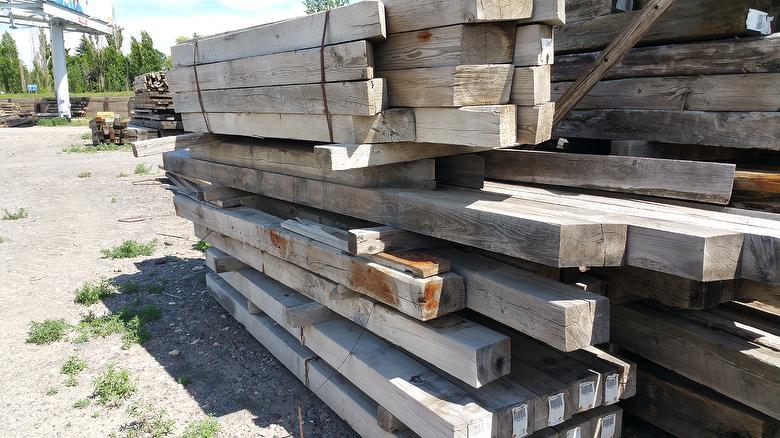
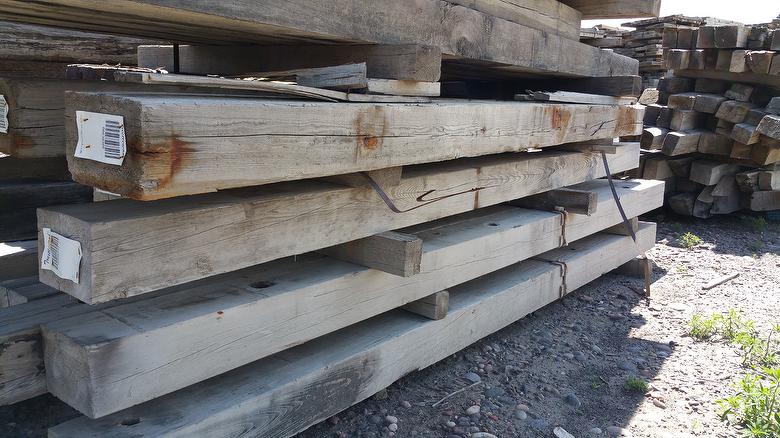
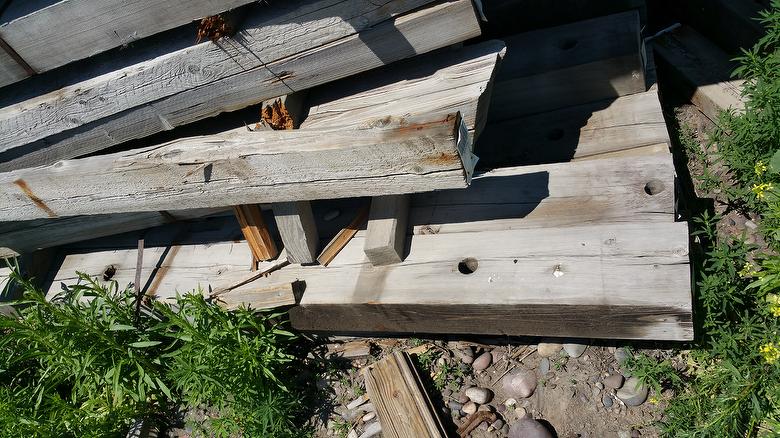
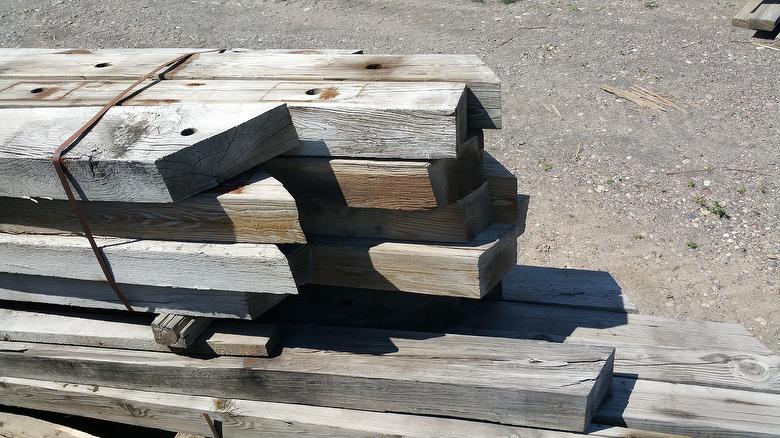
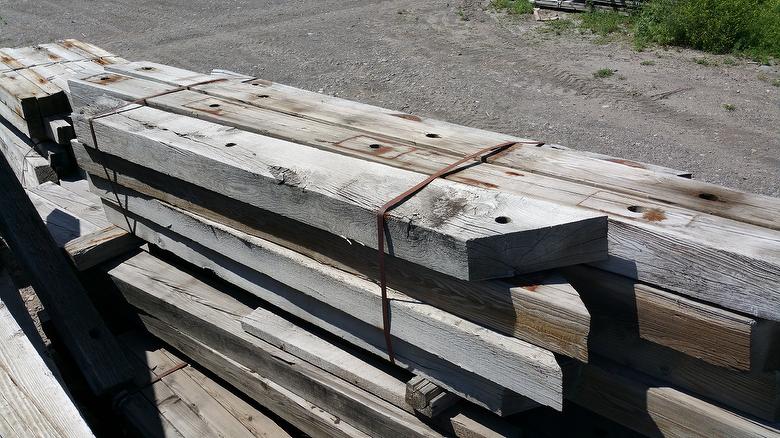
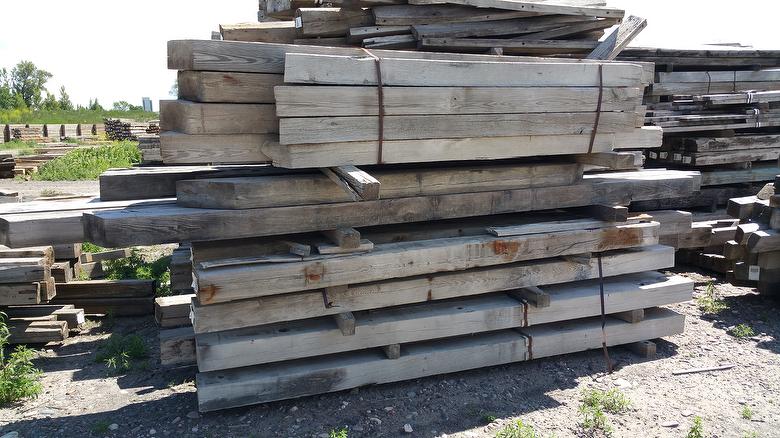
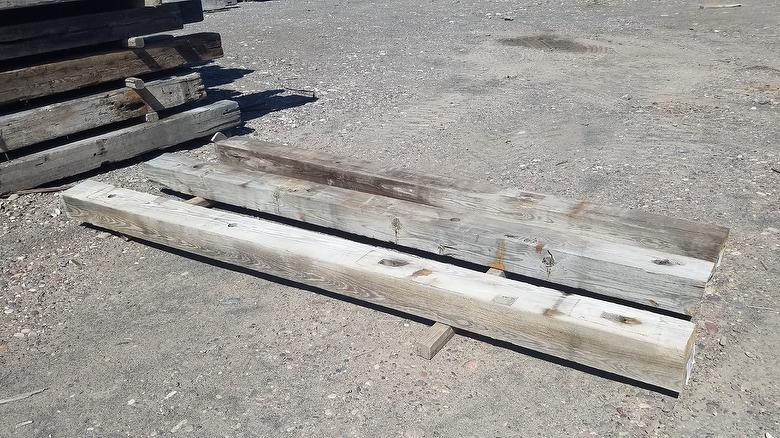
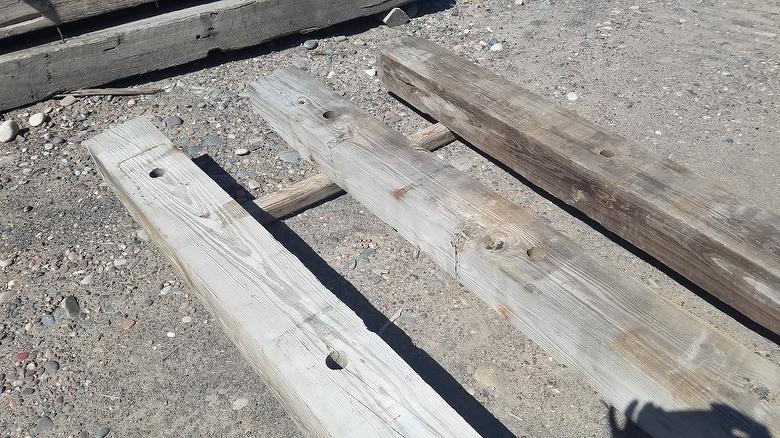
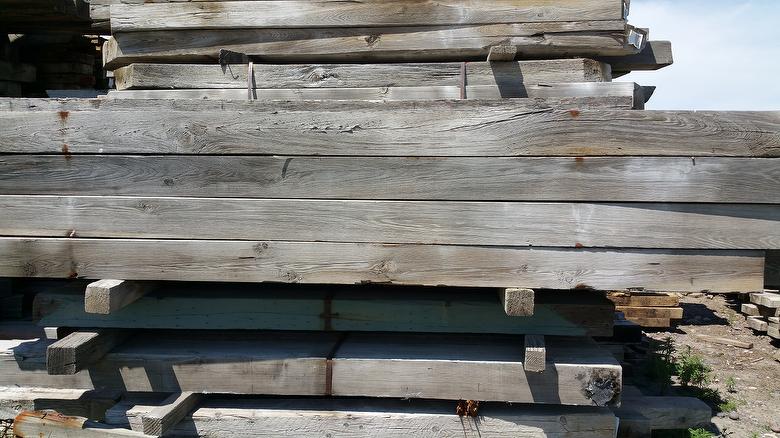
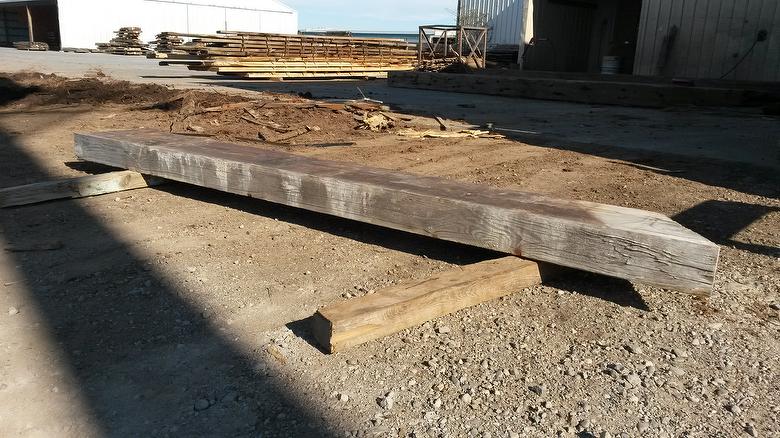
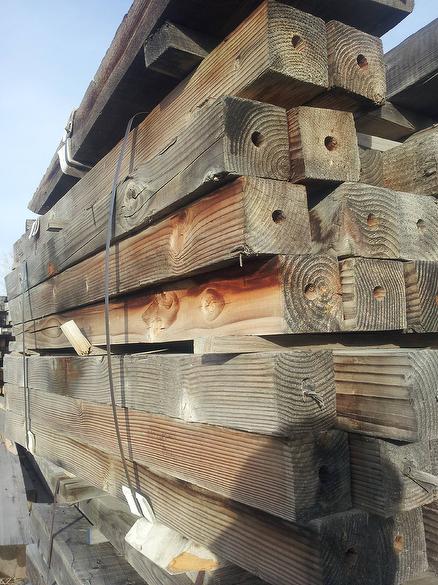
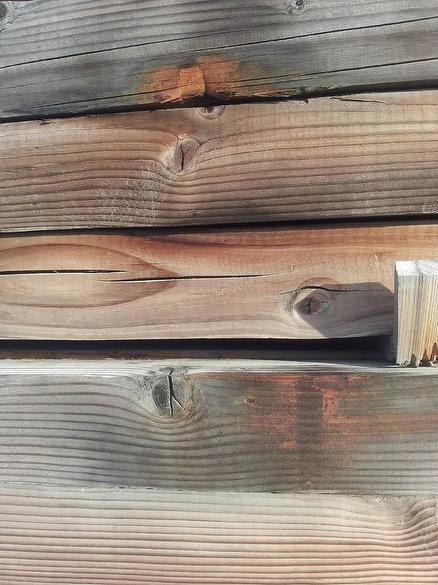
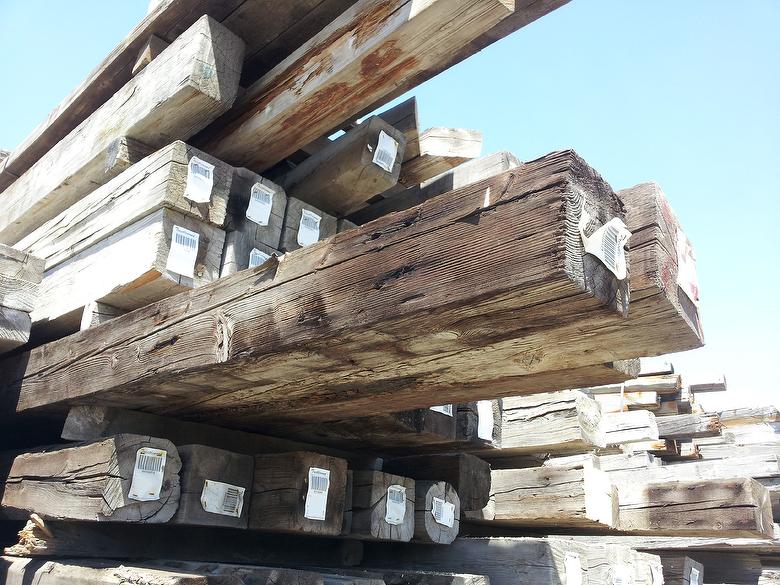
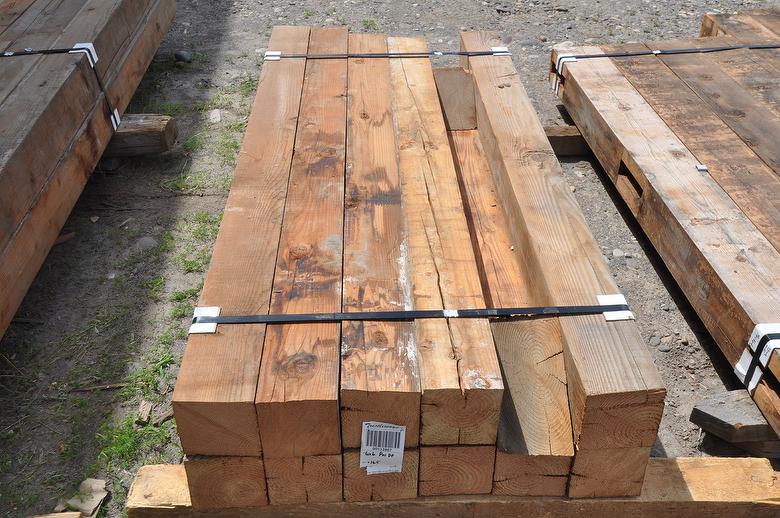
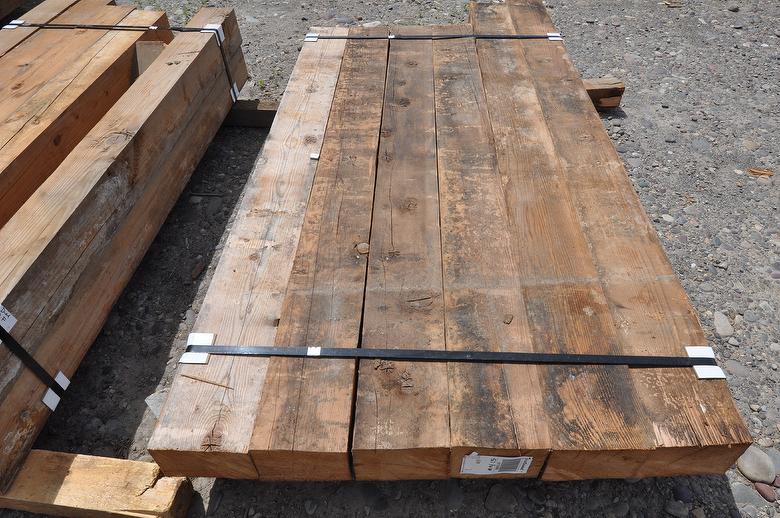
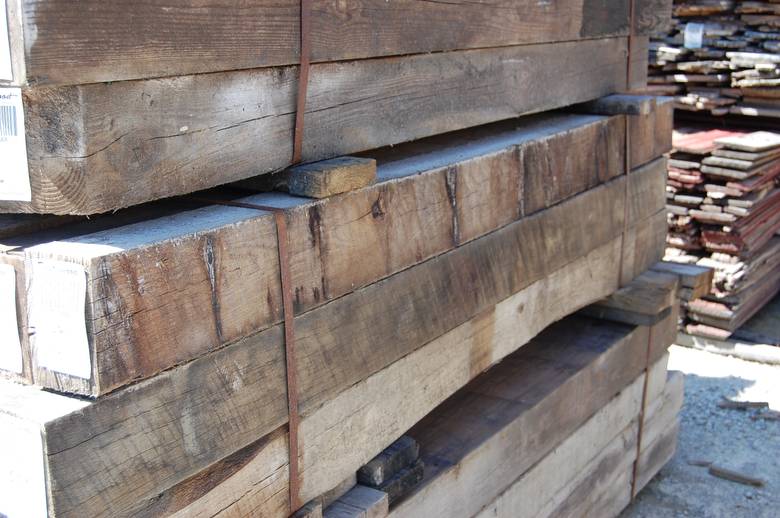
.JPG)
.JPG)
